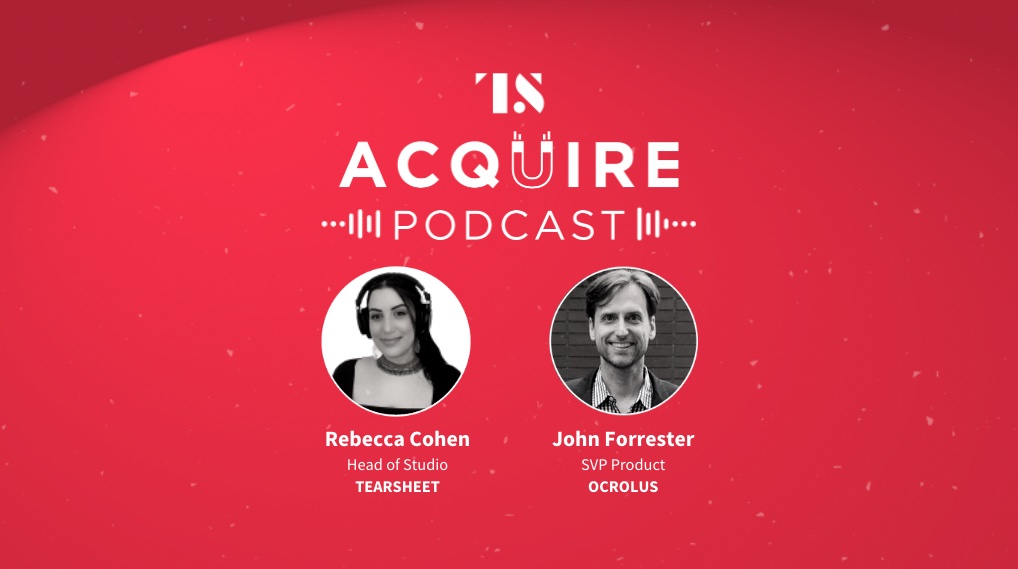Acquire Podcast, Modern Marketing, Podcasts
The Acquire Podcast Ep. 3: Give a little, get a lot – Ocrolus’ try and buy campaign
- Ocrolus’ SVP of Product John Forrester joins the Acquire podcast to talk about the planning, challenges, and successes of launching a free trial that stands out.
- His advice to marketers: Over experiment and lead with data.








